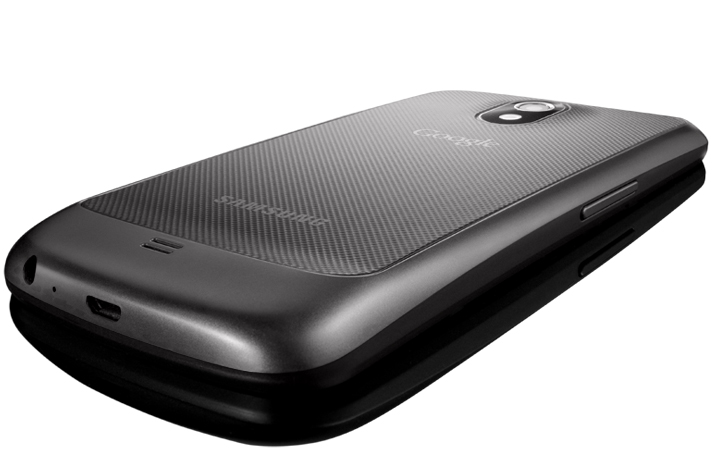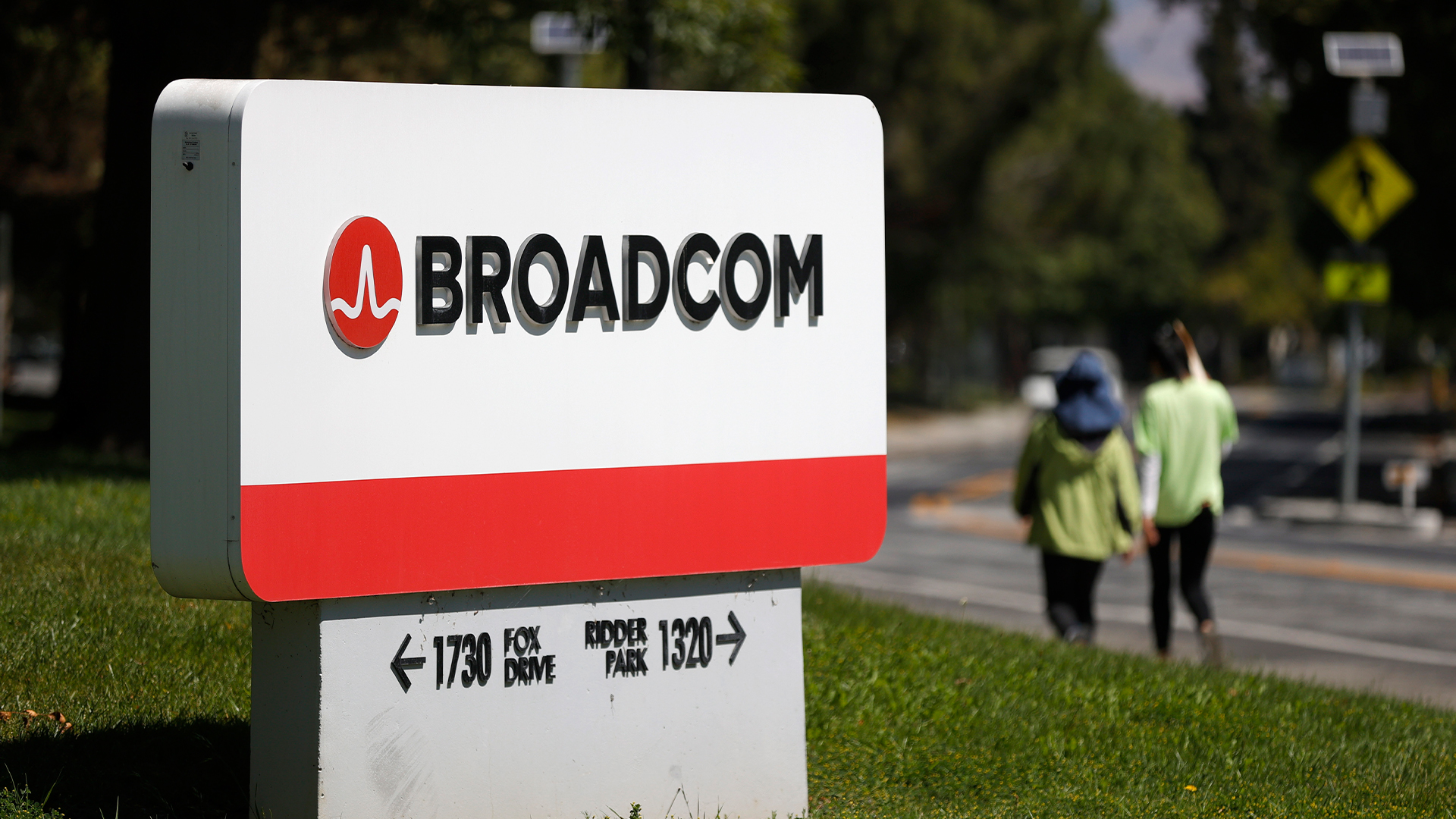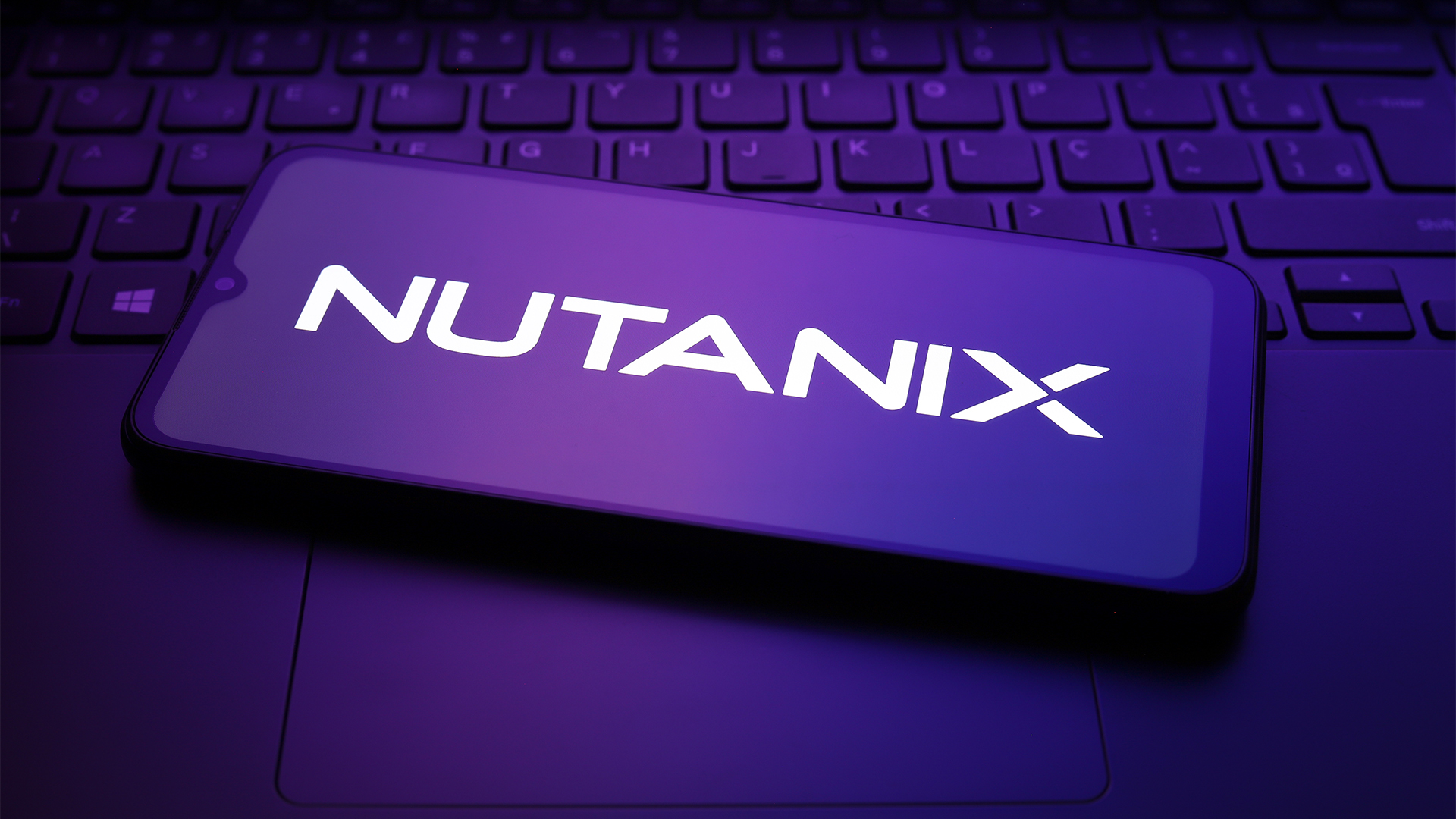Google Galaxy Nexus review
Google's latest own-brand Android smartphone is here. Its massive high-resolution screen and brand new Ice Cream Sandwich operating system left a big impression on Julian Prokaza as our review reveals.
Slick hardware combined with a seriously refreshed version of Android make the Galaxy Nexus a very capable smartphone. The fact that it’s the only smartphone designed for Android 4 that's also actually available to buy right now only serves to make it more desirable.As good as it is though, we suspect other manufacturers will do better with new models early next year – especially with phones we can actually hold comfortably. So as tempted as we are, we’d hold onto our pennies for now.
The Galaxy Nexus is the third Android smartphone to appear with Google branding since the mobile OS first appeared three years ago. As with previous devices released under its own name, Google's intent for this new Samsung-made model is as a technologies showcase for its new ideas and this time around, the biggest of these is Android 4.
Android 4, AKA Ice Cream Sandwich' (ICS) finally unifies the two different versions of Android that have been in active use over the last year: Android 2.3.x Gingerbread' on smartphones and Android 3.x Honeycomb' on tablets. Google cited fundamental technical issues as the main reason for not releasing Honeycomb for smartphones before now, so ICS will be the first time a common version of the OS with a consistent interface has been available for both platforms.

Although meant to be a flagship smartphone, Samsung hasn't really pushed the boat out with the Galaxy Nexus' construction.
Although meant to be a flagship smartphone, Samsung hasn't really pushed the boat out with the Galaxy Nexus' construction. It's a slim and stylish looking handset that feels more than robust, but the metallic grey plasticky case doesn't exactly tally with the premium price. The core specification isn't anything we haven't seen before either, and the Galaxy Nexus has the same 1.2GHz ARM Cortex-A9 dual-core processor with 1GB of RAM and 16GB of user storage space as the Samsung Galaxy S II and Motorola RAZR, though it lacks the memory card slot found on those models.
The specification might be the same, but the Galaxy Nexus isn't quite as quick as those two other Android smartphones in the Quadrant Standard synthetic benchmark, where it scored 2011 to the Galaxy S II's 2977 and the RAZR's 2570 (higher is better). That could be down to the extra processor overhead of ICS, but the new OS is also the reason for the improved JavaScript performance, where web browser optimisations meant it scored 1890ms in the SunSpider test, compared to the Galaxy S II's 3423.3ms.
Our usual video player benchmark wouldn't run properly with Android 4 and so we couldn't run our usual battery test, but 30 hours of MP3 playback in Flight Mode is reasonable, as is the claimed 17 hour talk time/290 hour standby time.
Sign up today and you will receive a free copy of our Future Focus 2025 report - the leading guidance on AI, cybersecurity and other IT challenges as per 700+ senior executives
-
 CISPE claims European Commission gave Broadcom a ‘blank cheque to raise prices, lock-in, and squeeze customers’ with VMware deal
CISPE claims European Commission gave Broadcom a ‘blank cheque to raise prices, lock-in, and squeeze customers’ with VMware dealNews Cloud providers have issued a formal response to the General Court of the European Union after the Commission defended its approval of the deal
By Emma Woollacott Published
-
 Nutanix wants to help customers shore up cloud sovereignty
Nutanix wants to help customers shore up cloud sovereigntyNews New automation tools and infrastructure management capabilities look to tackle single-vendor dependency and shore up sovereignty requirements
By Ross Kelly Published
-
 The NCSC touts honeypots and ‘cyber deception’ tactics as the key to combating hackers — but they could ‘lead to a false sense of security’
The NCSC touts honeypots and ‘cyber deception’ tactics as the key to combating hackers — but they could ‘lead to a false sense of security’News Trials to test the real-world effectiveness of cyber deception solutions have produced positive results so far
By Emma Woollacott Published